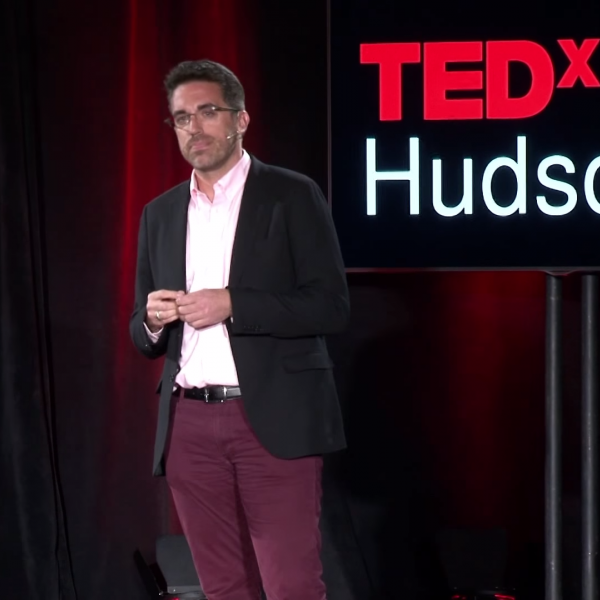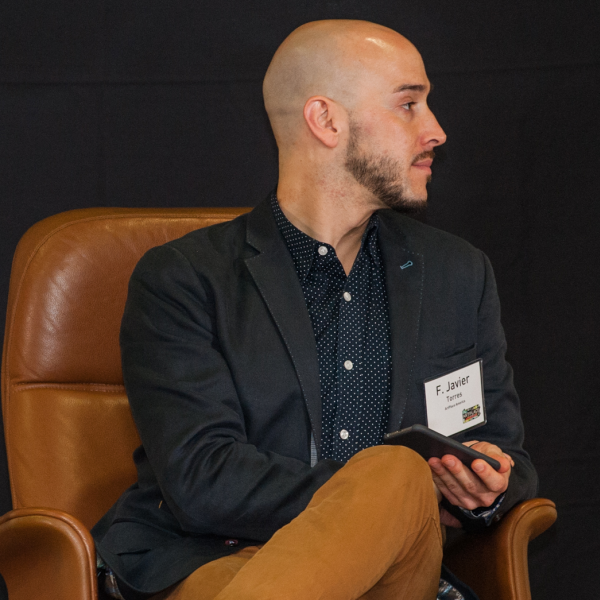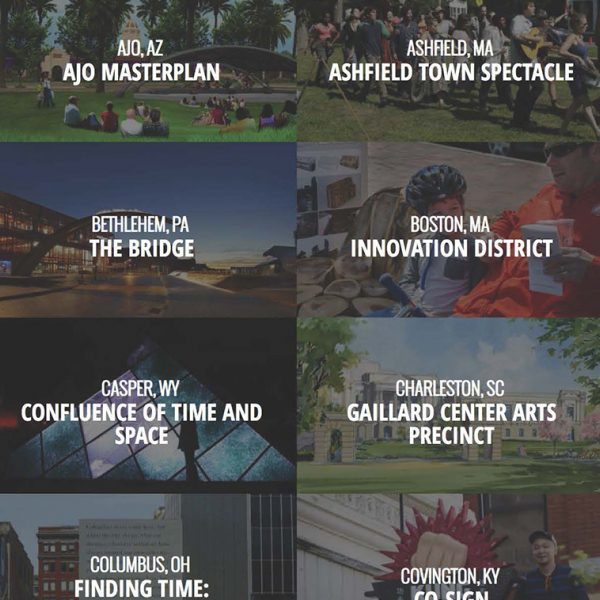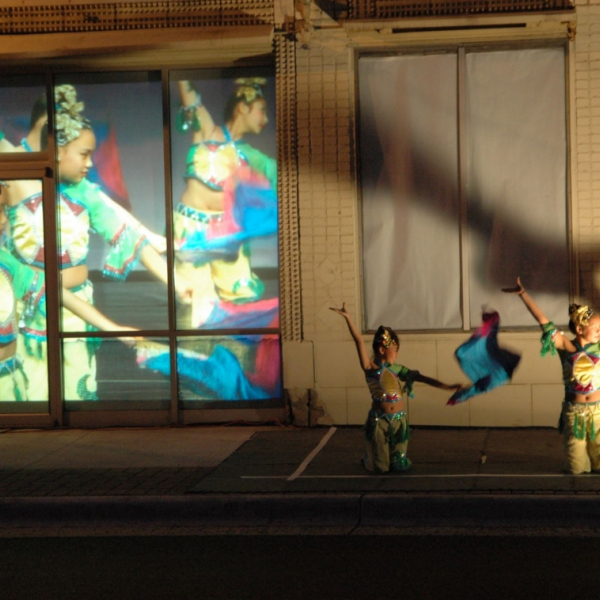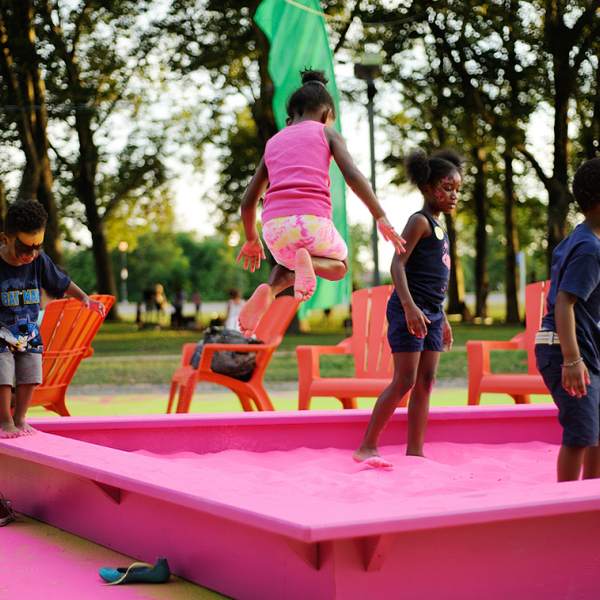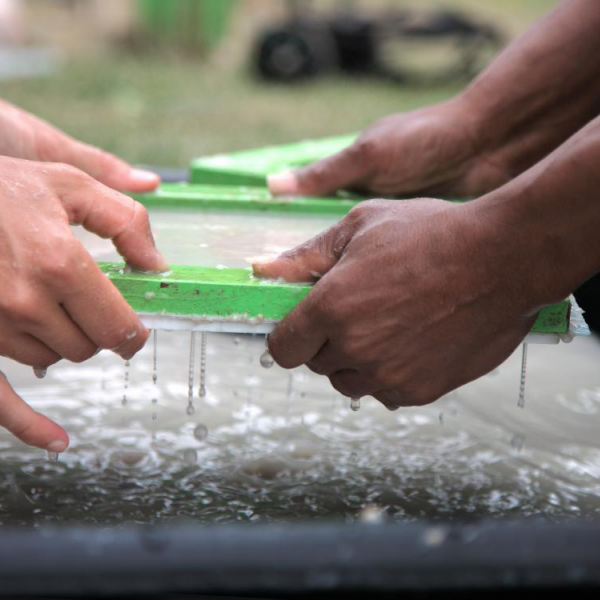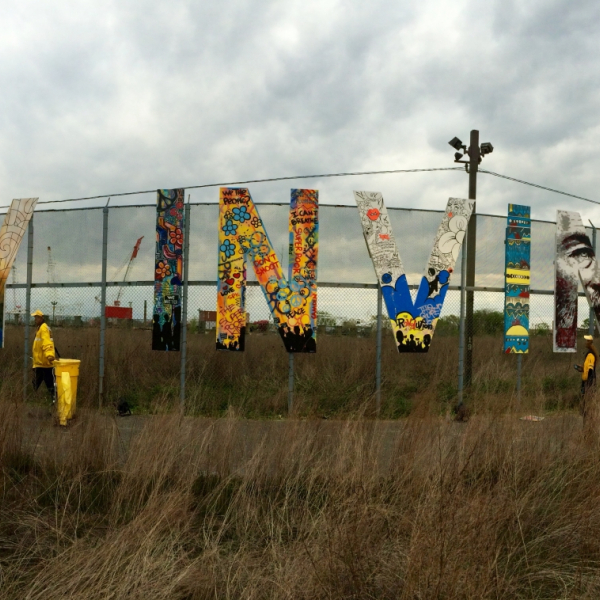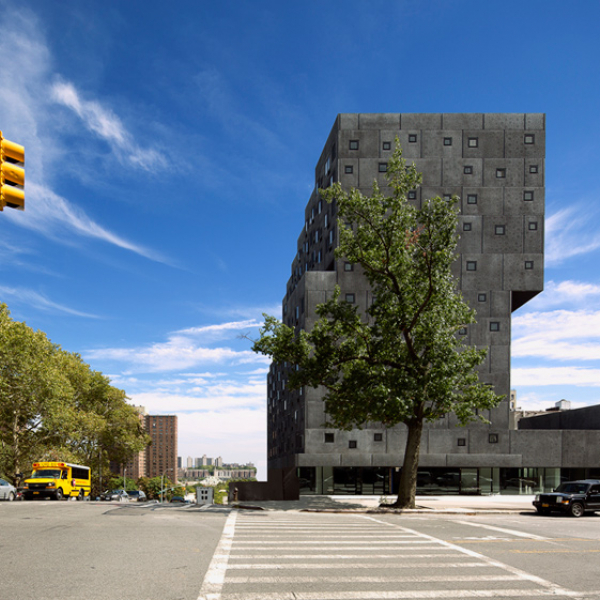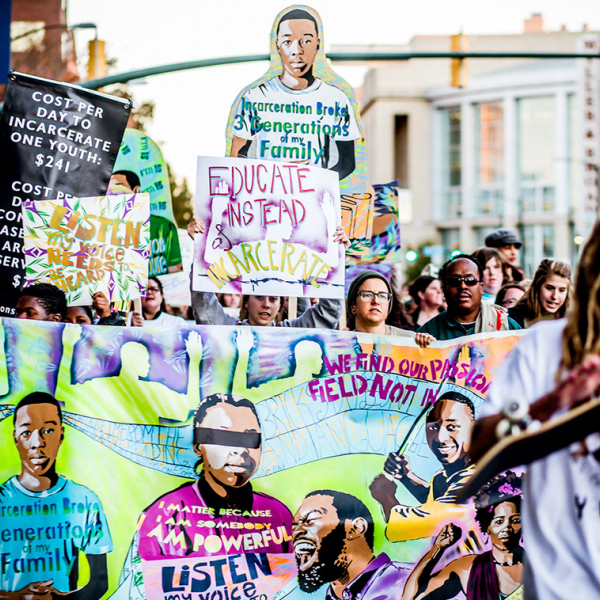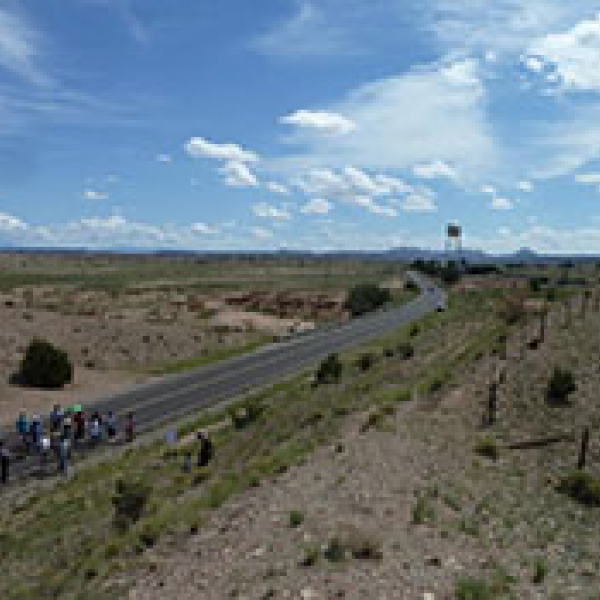I am just back from Common Field’s Hand-in-Glove 2015 convening in Minneapolis-St. Paul, MN, where I joined a panel discussing advocacy with Artists Space’s Richard Birkett, University of Texas’s Paul Bonin-Rodriguez, and Minnesota Citizens for the Arts’ Sheila Smith. As often happens, “advocacy” almost instantly became elided with “public funding for the arts,” and the conversation quickly centered on the National Endowment for the Arts (where I was honored to serve for four years, first as director of public affairs and then chief of staff, before joining ArtPlace).
23.09.15
After completing our first full round of the National Grants Program together, Leila and I realized how critical it is to get off the proverbial treadmill and take some time to reflect on our work. We want to get to know our previous grantees better, and wrap our heads around everything we’ve learned since starting at ArtPlace. With a bit of time, we can further refine and strengthen our processes for the sixth round of National Grants. The major headline for this blog is— we’ve pushed the next open call to January of 2016 .
15.09.15
For those who don't know ArtPlace's origin story, it might be surprising to hear that the idea behind fifteen foundations, eight federal agencies, and six financial institutions coming together to support creative placemaking was incubated at one of Washington's smallest federal agencies (both in terms of budget and staff). The seed was planted very early on in the tenures of National Endowment for the Arts (NEA) Chairman Rocco Landesman and Deputy Chairman Joan Shigekawa, ...
04.09.15
As we've continued unpacking the ArtPlace matrix, a pattern has emerged: each sector intersects with and is impacted by several others. Transportation (the mechanisms by which citizens navigate their community including sidewalks, public transit, traffic intersections, bike lanes, etc) is no exception. Rochelle Carpenter, who leads outreach for Transportation for America in Nashville, TN, began by pointing out that the transportation systems people have available to them can be a "major determinant" in the opportunities people are able to access.
30.08.15
Today we announced an $18 million investment in six place-based organizations around the country to incorporate arts & culture into their community development work. In this post, our Deputy Director and Community Development Investments Program Manager Lyz Crane reflects on the moment. Today’s announcement of the Community Development Investments program participants feels like a commencement to me: a culmination of the past couple of years of program design and selection process and the beginning of a new phase of work.
28.08.15
"A healthy community is a safe community," says Ronald Davis, the Director of the Office of Community Oriented Policing (COPS) of the US Department of Justice. "The greatest deterrent to crime and violence is not a community saturated with cops, it is a neighborhood alive with residents." This quote was recounted to us by Devinder Culver, the Community Projects Coordinator for the Greenville Police Department in Greenville, NC. Before the term creative placemaking existed, Greenville Police Department and Devinder were among the vanguard devising and shepherding arts-based interventions to both protect a community's citizenry and improve its quality of life.
25.08.15
Last month, ArtPlace Program Assistant Leila Tamari visited The Cooper’s Ferry Partnership team to learn more about their Camden Night Gardens project. In this post, she takes a look at how government approaches to public safety have changed over time and are working in conjunction with creative placemaking projects of Cooper’s Ferry. Google “Camden, NJ,” and the first image that appears is of a decrepit building in East Camden. Following images include abandoned streets filled with corroding homes, garbage, and roaming police officers.
20.08.15
Housing is widely regarded as an essential human need, and—as residential building stock—it’s often one of the first visual signals within a community. As HUD Secretary Julian Castro recently tweeted, “A home is more than four walls and a roof, it’s a springboard from where folks can reach their dreams.” While housing literally refers to the spaces in which we live, its impact as a sector can significantly influence both individual and community trajectories.
18.08.15
We’re excited to kick-off a new series of posts focusing on creative placemaking resources. You’ll notice that our website now sports a Library which will contain a combination of best practices, toolkits, and other interesting material that we come across over time. It will be a mix of foundational resources that long pre-date our work, and new material at the cutting edge of creative placemaking’s unfolding. Each of these posts will introduce additional items to the Library and provide a bit of context on why we’d like to keep them on the radar. The Center for Performance and Civic Practice (CPCP) recently launched a new website, and we were excited to see an update on its Catalyst Initiative.
13.08.15
Right off the bat, Rupal Sanghvi pointed out that “Public Health” might be a better title for this matrix sector over “Health and Human Services” to reflect this broader conceptualization when considering the contributions of arts and culture. Public health and wellness are not limited to the confines of clinical care or services, whereas often health and human services refers more narrowly to service-based approaches to health, she explained.






